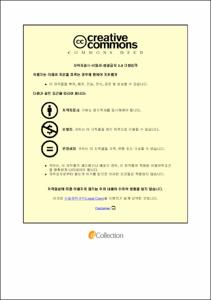광간섭단층촬영 및 혈관내 초음파를 이용한 스텐트 최적화가 임상 결과에 미치는 영향
- Alternative Title
- Impact of Stent Optimization using Optical Coherence Tomography or Intravascular Ultrasound on Clinical Outcomes
- Abstract
- BACKGROUND The 2018 expert consensus by the European Association of Percutaneous Cardiovascular interventions on the clinical use of intracoronary imaging established uniform criteria for stent optimization assessment. However, data on the impact of achieving all these criteria on clinical outcomes following percutaneous coronary interventions (PCI) are limited. METHODS We used data from the OCTIVUS (Optical Coherence Tomography-Guided or Intravascular Ultrasound-Guided Percutaneous Coronary Intervention) randomized trial, which compared optical coherence tomography (OCT)-guided to intravascular ultrasound (IVUS)-guided PCI. Patient with inadequate imaging quality for stent optimization assessment were excluded from this analysis. After PCI, patients were classified into an optimized group if they met all the stent optimization criteria, and into a non-optimized group if they did not meet at least one of the criteria. The primary endpoint was a composite of death from cardiac causes, target-vessel myocardial infarction (MI), or ischemia-driven target-vessel revascularization (TVR). RESULTS Among 1980 patients, 1022 (51.6%) were classified into the optimized group, and 958 (48.4%) into the non-optimized group. Over a median follow-up of 2 years (ranging from 1 to 5 years), the primary composite endpoint occurred in 39 (3.8%) patients in the optimized group and in 72 (7.5%) patients in the non-optimized group (hazard ratio [HR] 0.52; 95% confidence interval [CI] 0.35–0.77; P<0.001). This difference was primarily driven by a reduced rate of target-vessel revascularization in the optimized group. CONCLUSIONS In patients undergoing OCT-guided or IVUS-guided PCI, achieving all the stent optimization criteria was associated with a lower incidence of the primary composite endpoint of death from cardiac causes, target-vessel MI, or ischemia-driven TVR.
- Issued Date
- 2024
- Awarded Date
- 2024-02
- Type
- Dissertation
- Alternative Author(s)
- Hoyun Kim
- Affiliation
- 울산대학교
- Department
- 일반대학원 의학과
- Advisor
- Duk-Woo Park
- Degree
- Doctor
- Publisher
- 울산대학교 일반대학원 의학과
- Language
- eng
- Rights
- 울산대학교 논문은 저작권에 의해 보호받습니다.
- Appears in Collections:
- Medicine > 2. Theses (Ph.D)
- 파일 목록
-
-
Download
 200000736646.pdf
기타 데이터 / 2.19 MB / Adobe PDF
200000736646.pdf
기타 데이터 / 2.19 MB / Adobe PDF
-
Items in Repository are protected by copyright, with all rights reserved, unless otherwise indicated.